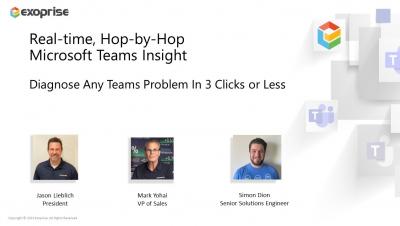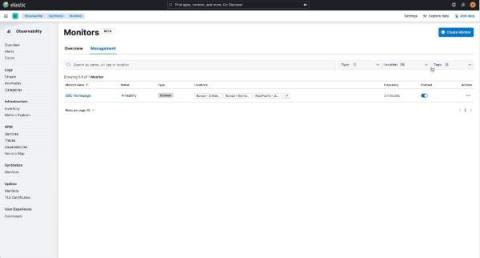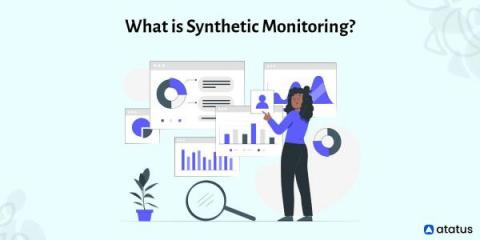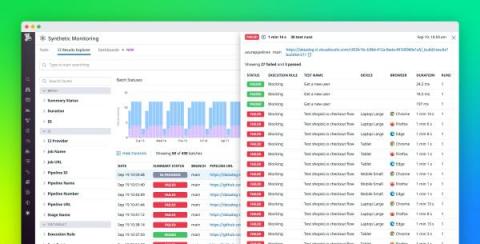Operations | Monitoring | ITSM | DevOps | Cloud
Synthetics
What can Elastic Synthetics tell us about Kibana Dashboards?
I like to leverage our technologies to ensure our products have a pleasant user experience. Elastic Synthetics enables you to configure it in an out-of-the-box experience directly through your Elastic Cloud deployment without the need to install anything! It also works across the globe with multiple locations you can choose from. Ever wondered how fast your web service is when accessed from Japan, Germany, or the eastern U.S.? Now you can do this by simply clicking on a checkbox.
Getting ahead of application performance issues
Observing your application through the eyes of a user: A brand new synthetic monitoring experience is coming
Understanding if your applications are not just available but also functioning as expected is critical for any organization. Third-party dependencies and different end-user device types means that infrastructure monitoring and application observability alone are not enough to spot and minimize the impact of application anomalies.
What Makes Citrix Difficult for Synthetic Monitoring Solutions?
What is Synthetic Monitoring?
No matter your business's sector or size, you probably depend on your websites, web applications, APIs, and complete IT infrastructure to be functional, available, and provide users with a pleasant experience. However, we are aware that websites and applications cannot just be set up and left alone.
Run Datadog Synthetic tests in Azure Pipelines
Continuous integration (CI) demands continous testing: shifting left helps prevent faulty code from spreading, which is one of the core aims of CI. Datadog’s new Azure DevOps extension enables you to seamlessly incorporate integration and end-to-end tests into existing CI/CD workflows on Azure Pipelines, a dedicated CI/CD service that automatically runs builds, performs tests, and deploys your services and applications via cloud-hosted pipelines.
Why You Need Synthetic Monitoring
Synthetic monitoring can be one of the most powerful tools in your DevOps team’s toolkit, especially for the SRE, yet is one that is often overlooked by people building out a reliability mindset. Synthetic monitoring permits you to simulate any transaction or interaction users can have in your website or app, from places around the world, as often as you’d like.
The Importance of Observability for Site Reliability Engineers (SREs)
Site reliability engineers (SREs) play a crucial role in ensuring the reliability of systems. From creating software to improving system reliability in production, responding to incidents, and fixing issues, SREs are responsible for guaranteeing the health of applications.. And observability helps support SREs'. Because an observable system allows them to identify and fix issues promptly, resulting in SRE's being better equipped to fast-track development cycles.
Synthetic Monitoring of Microsoft AVD Service Levels
We recently announced a FREE ready-to-go standalone SaaS logon simulator tool for Microsoft AVD, available here. This joins our fully featured logon simulator available for use on-premises, as SaaS or in the cloud within our synthetic monitoring suite. A logon simulator, whilst a useful tool, should be used in conjunction with other synthetic and real user monitoring tools for a truly proactive IT strategy designed to prevent real users encountering issues and raising support tickets.











